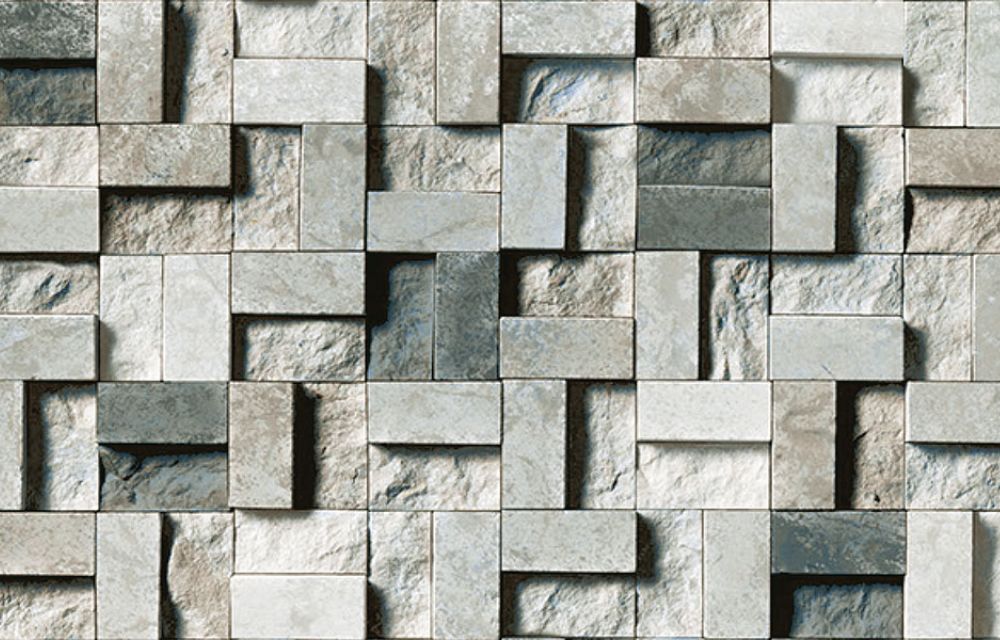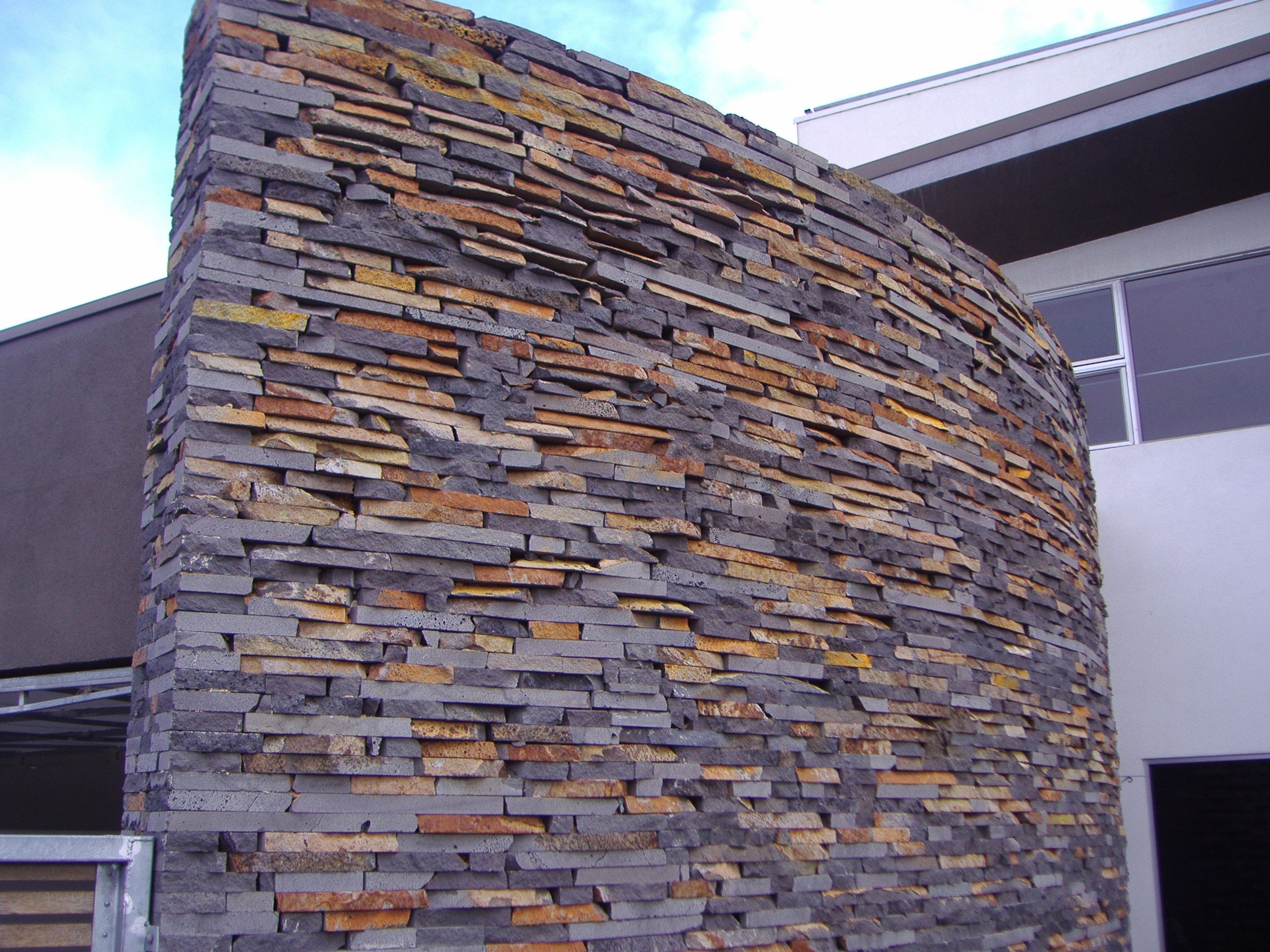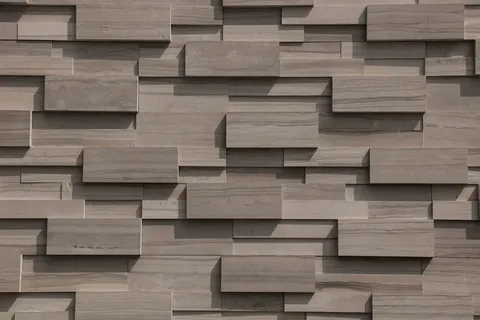How to Choose the Right Wall Cladding Material for Your Building Elevation?
Wall cladding plays a crucial role in shaping the aesthetics and functionality of modern buildings. It’s not just about adding a decorative outer layer; the right cladding protects your structure from weather elements, improves insulation, and enhances overall value. When designing your Wall Cladding Elevation, selecting the right material is essential to achieve a balance of durability, visual appeal, and performance.
With a growing number of options available in the market, making the right choice can feel overwhelming. This comprehensive guide breaks down the key factors to consider when selecting wall cladding material for your building’s elevation.
What Is Wall Cladding Elevation?
Wall Cladding Elevation refers to the architectural treatment of exterior walls using different cladding materials that not only protect the structure but also enhance its outward appearance. Cladding provides a finished look to buildings while offering insulation, weatherproofing, and noise reduction. From homes and villas to commercial spaces and high-rise buildings, wall cladding has become a critical component in construction design.
Common Materials Used in Wall Cladding Elevation
Each material used in wall cladding brings its own unique set of benefits. Here’s a look at some of the most popular options:
1. Natural Stone Cladding
Natural stone, such as granite, marble, sandstone, or slate, is a timeless choice. It offers unmatched durability and a rich, luxurious appearance. It is ideal for both traditional and contemporary buildings, providing excellent resistance to environmental damage.
2. Porcelain and Ceramic Tiles
Porcelain tiles are known for their strength, resistance to moisture, and versatility in design. These tiles are often used in modern wall cladding elevation designs due to their lightweight nature and minimal maintenance.
3. Wood Cladding
Wood adds warmth and a natural touch to buildings. Commonly used wood types include cedar, redwood, and thermally treated timber. While visually striking, wood requires regular treatment to prevent issues such as rot, pests, and weathering.
4. Metal Cladding
Materials like aluminum, steel, zinc, and copper are used for sleek, industrial-style facades. Metal cladding is lightweight, durable, and resistant to corrosion, though it can be more expensive and may require insulation to prevent heat loss.
5. uPVC and Vinyl Cladding
These are cost-effective and lightweight materials commonly used in residential buildings. They are resistant to moisture and pests, but may not offer the same visual appeal or durability as natural materials.
6. HPL (High-Pressure Laminate) Panels
HPL panels are popular in modern architecture due to their design flexibility, resistance to impact, and low maintenance. They come in various finishes including woodgrain, stone, and solid colors.
Key Factors to Consider When Choosing Cladding Material
Selecting the right material for your Wall Cladding Elevation depends on multiple practical and aesthetic factors. Let’s explore the most important considerations:
1. Climate and Environmental Conditions
The weather in your region should heavily influence your choice. In areas with heavy rainfall or high humidity, moisture-resistant materials like stone or porcelain are ideal. For high-temperature zones, UV-resistant and non-fading materials are necessary.
2. Aesthetic Appeal
Cladding significantly impacts the visual character of your building. Choose a material that complements the architectural style and surroundings. Natural stone and wood are often preferred for a classic look, while metal and HPL panels suit contemporary designs.
3. Maintenance Requirements
Some materials, like natural stone and wood, may require sealing or routine cleaning to maintain their appearance. On the other hand, metal and ceramic cladding generally need less maintenance and are easier to clean.
4. Durability and Longevity
It’s important to consider how long the material will last. Materials like granite and metal can withstand extreme weather and retain their integrity for decades. Opting for long-lasting materials reduces future renovation and repair costs.
5. Cost and Budget
The price range of cladding materials can vary dramatically. While natural stones may have higher upfront costs, their durability can justify the investment. Budget-friendly options like uPVC or vinyl are cheaper but may compromise on aesthetics or lifespan.
6. Thermal and Acoustic Insulation
If you are in an area with significant temperature fluctuations or noise pollution, opt for materials that offer good insulation. Stone and HPL panels are known for their excellent thermal and acoustic performance.
7. Installation Process
Consider the complexity of the installation. Some materials require skilled labor and special tools, while others are more straightforward. A well-installed cladding system ensures both visual appeal and structural performance.
Trends in Wall Cladding Elevation
Architectural trends today favor a mix of materials to create dynamic and visually engaging elevations. Some current design directions include:
- Mixed material facades – blending stone with wood or metal for a layered look.
- Vertical and horizontal panel arrangements – to add structure and rhythm to a building’s face.
- Sustainable cladding options – incorporating eco-friendly, recyclable materials.
Designers and architects are increasingly using cladding to tell a story—one of sophistication, environmental awareness, and contemporary taste.
Conclusion
Choosing the right material for your Wall Cladding Elevation is a decision that affects not only your building’s curb appeal but also its structural integrity and performance over time. Factors like climate, maintenance, aesthetics, and budget must be carefully evaluated to make the right choice.
To ensure you select the most suitable cladding solution for your project, it’s essential to work with a supplier that combines expertise with a wide range of high-quality materials. Al Rafahia Marbles & Granite LLC stands out in the UAE’s construction landscape for its exceptional range of natural stone and porcelain solutions tailored for sophisticated Wall Cladding Elevation designs. With a reputation built on craftsmanship, innovation, and trust, Al Rafahia ensures that your building not only looks stunning but stands strong for years to come.





